Phenyl butazone (BP, EP, USP)
Product Details:
- HS Code 29332100
- Loss on Drying 0.5%
- Smell No Smell
- Ph Level Slightly acidic to neutral in aqueous suspension (not highly soluble in water)
- Molecular Weight 312.37 Kilograms (kg)
- EINECS No 200-029-1
- Melting Point 97 C 103 C
- Click to View more
Phenyl butazone (BP, EP, USP) Price And Quantity
- 1100.0 INR/Kilograms
- 25 Kilograms
Phenyl butazone (BP, EP, USP) Product Specifications
- Dry Place
- 0.001% (10 ppm max, per pharmacopeial limits)
- Pharmaceutical Intermediates
- Non-steroidal anti-inflammatory drug (NSAID); used in veterinary and limited human applications
- Decomposes before boiling
- White or almost white crystalline powder
- O || Ph N N Ph | | C C4H9 || O
- Medicine Grade
- 3 Years
- Slightly soluble in water, soluble in alcohol, chloroform, and ether
- 4-Butyl-1,2-diphenyl-3,5-pyrazolidinedione
- Bitter
- C19H20N2O2
- 98.0% (USP/BP/EP grade)
- 29332100
- 50-33-9
- 0.5%
- No Smell
- Slightly acidic to neutral in aqueous suspension (not highly soluble in water)
- 312.37 Kilograms (kg)
- Solid
- 200-029-1
- 97 C 103 C
- Commonly micronized, 90% < 100 m (can vary)
- Phenylb utazone
Phenyl butazone (BP, EP, USP) Trade Information
- Mumbai Port
- Cash Advance (CA), Cash in Advance (CID), Days after Acceptance (DA), Letter of Credit at Sight (Sight L/C), Cash on Delivery (COD), Letter of Credit (L/C)
- 100 Kilograms Per Day
- 7 Days
- No
- Free samples are available
- Drum Packing
- Asia, Australia, North America, Africa, Central America, South America, Eastern Europe, Western Europe, Middle East
- All India
- WE PROVIDES ALL KIND OF CERTIFICATIONS AS YOU REQUIRED
Product Description
Phenyl butazone (BP, EP, USP) Detailed Description
-
1. Chemical Identity
-
Chemical Name: 4-Butyl-1,2-diphenyl-3,5-pyrazolidinedione
-
Chemical Formula: C19H20N2O2
-
Molecular Weight: 312.37 g/mol
-
Structure: It is a pyrazolidinedione derivative with two phenyl groups and a butyl side chain.
2. Physical Description
-
Appearance: White or almost white crystalline powder or crystals.
-
Solubility: Slightly soluble in water, soluble in alcohol, chloroform, and ether.
3. Pharmacopoeial Standards
a. British Pharmacopoeia (BP)
-
Identification Tests: IR spectrum, UV spectrum, and specific chemical reactions confirm identity.
-
Assay: Typically uses titration or chromatographic methods (HPLC) to determine purity and content. Should contain not less than 98.0% and not more than 102.0% of C19H20N2O2.
-
Related Substances: Limits on impurities and degradation products defined. Uses chromatography (e.g., HPLC) for quantification.
-
Loss on Drying: Usually less than 0.5%, ensuring minimal moisture content.
-
Residue on Ignition: Usually less than 0.1%.
-
Heavy Metals: Controlled to a defined low limit.
-
Microbial Limits: Specified to ensure product safety.
b. European Pharmacopoeia (EP)
-
Similar to BP in identification methods and purity requirements.
-
Assay: May specify HPLC method with defined mobile phase, column type, and detection wavelength.
-
Impurities: Lists specific known impurities with maximum allowable limits.
-
Physical Properties: Melting point usually ranges from 97 C to 103 C.
-
Other Tests: Tests for heavy metals, residual solvents, and microbial contamination.
c. United States Pharmacopeia (USP)
-
Identification: IR spectrum, UV absorbance, and chromatographic profile.
-
Assay: Typically by HPLC or titration. Assay range usually between 98.0% and 102.0%.
-
Impurities: Limits on known impurities and degradation products.
-
Physical Properties: White crystalline powder, melting point around 97-103 C.
-
Microbial Limits: USP sets limits for non-sterile products.
4. Pharmacological Properties
-
Phenyl butazone is a nonsteroidal anti-inflammatory drug (NSAID) with analgesic and antipyretic properties.
-
It works by inhibiting cyclooxygenase (COX) enzymes, reducing prostaglandin synthesis.
5. Storage and Handling
-
Store in a well-closed container, protected from light and moisture.
-
Stable under normal conditions but sensitive to prolonged exposure to air and light.
6. Usage
-
Historically used to treat inflammatory conditions such as arthritis and gout.
-
Due to side effects, its use in humans has declined but it is still used in veterinary medicine.
-

Price:
- 50
- 100
- 200
- 250
- 500
- 1000+


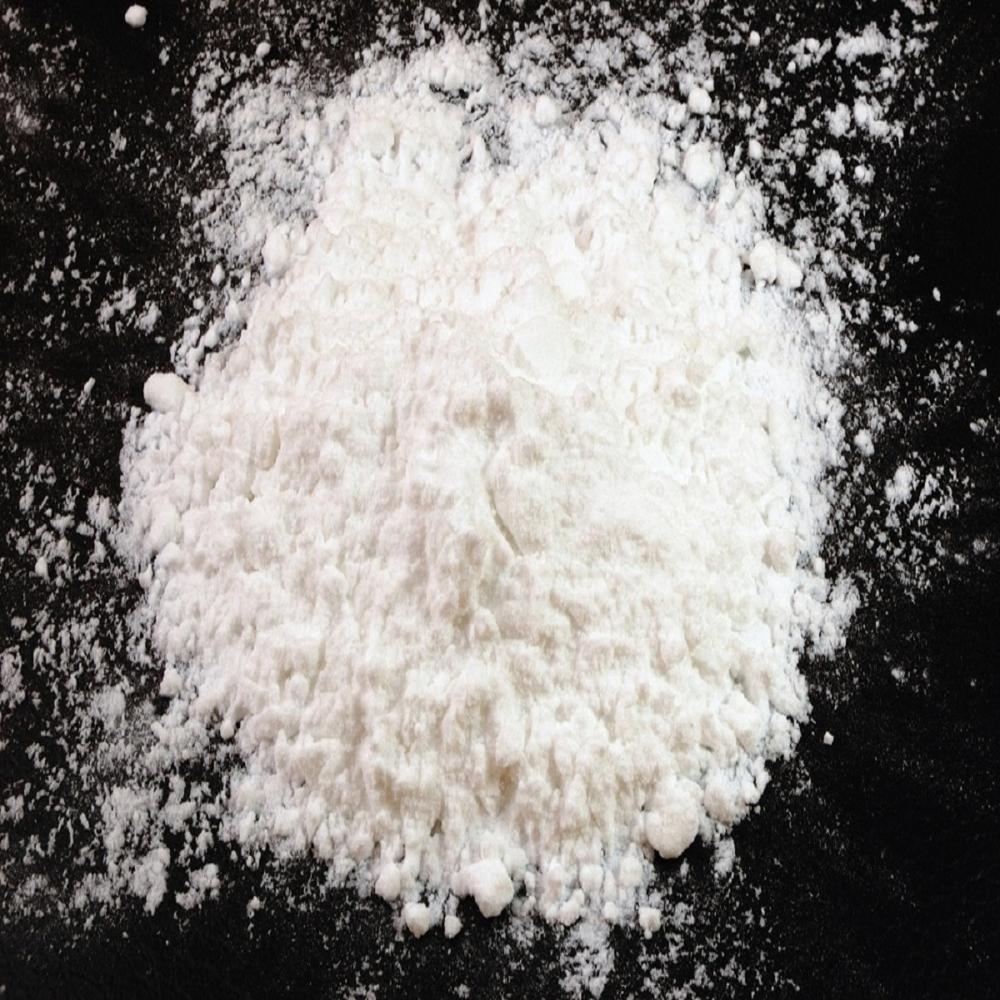
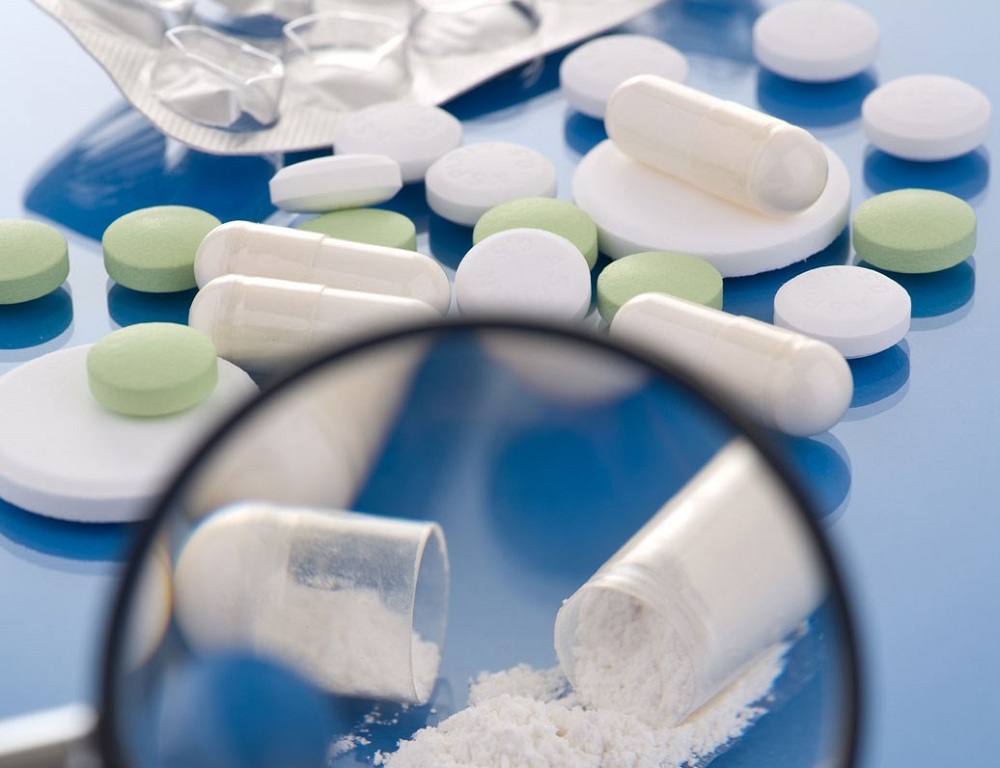
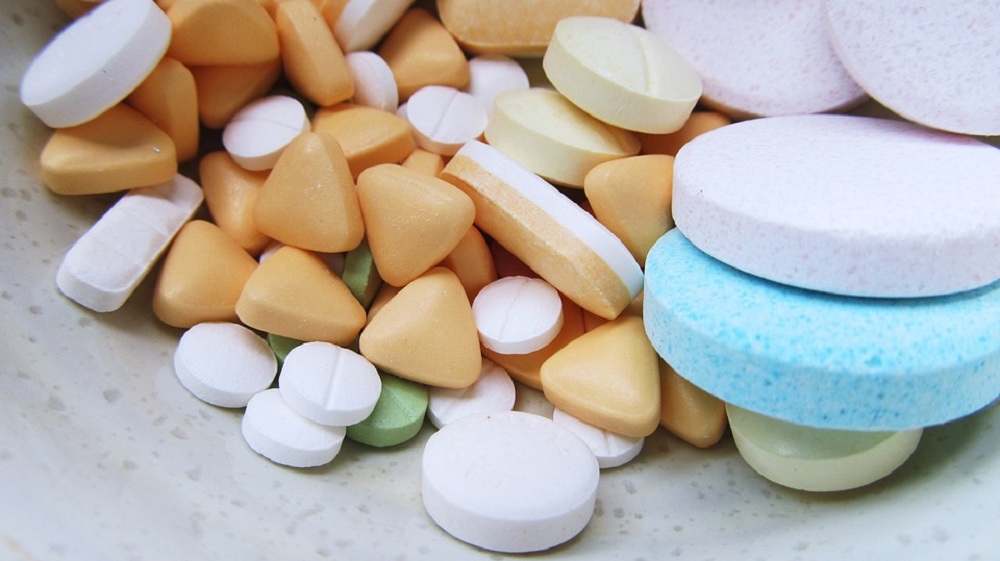
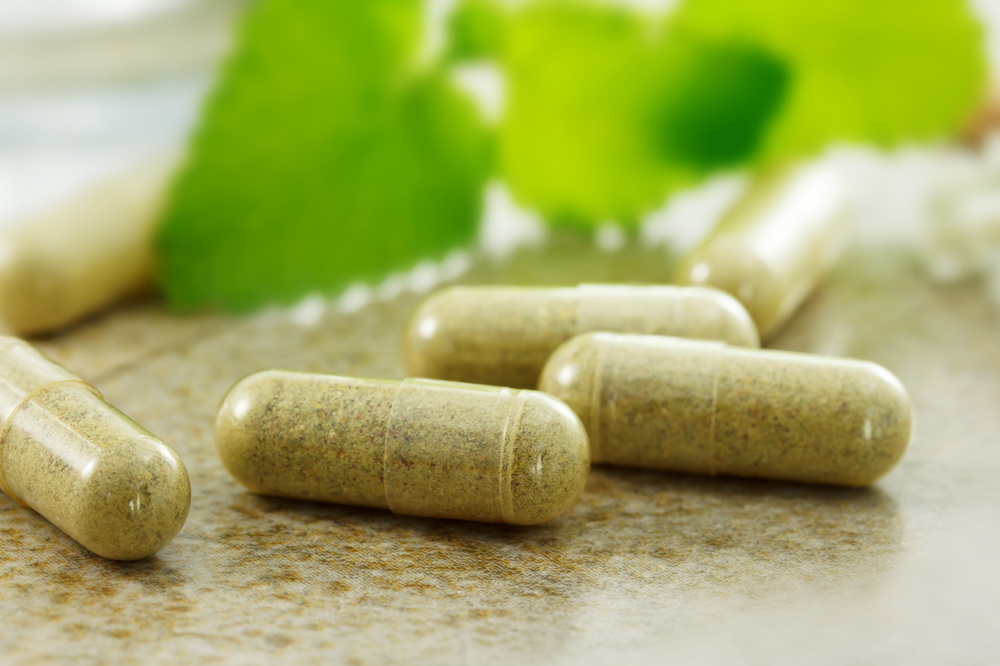
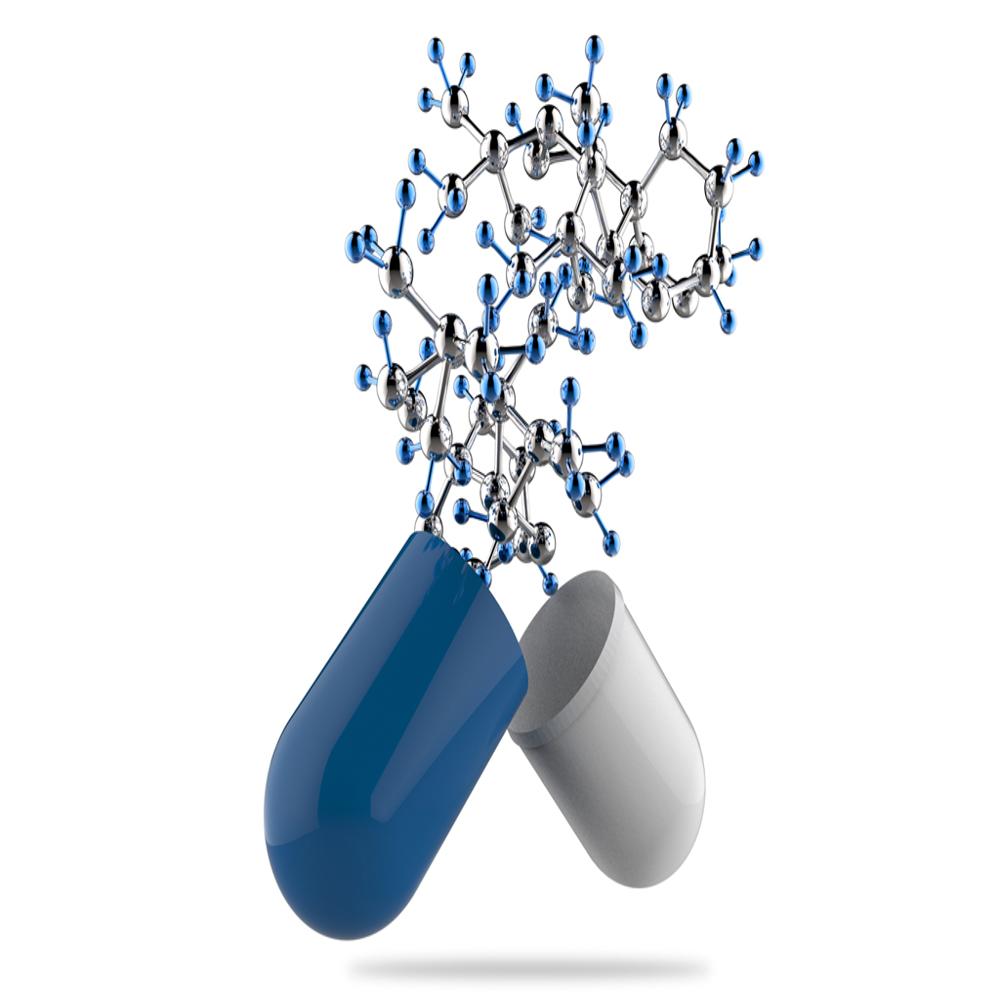






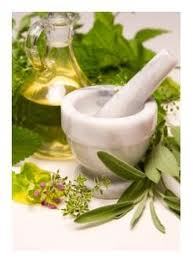

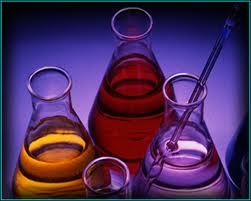

 : nilesh.sheth70
: nilesh.sheth70
